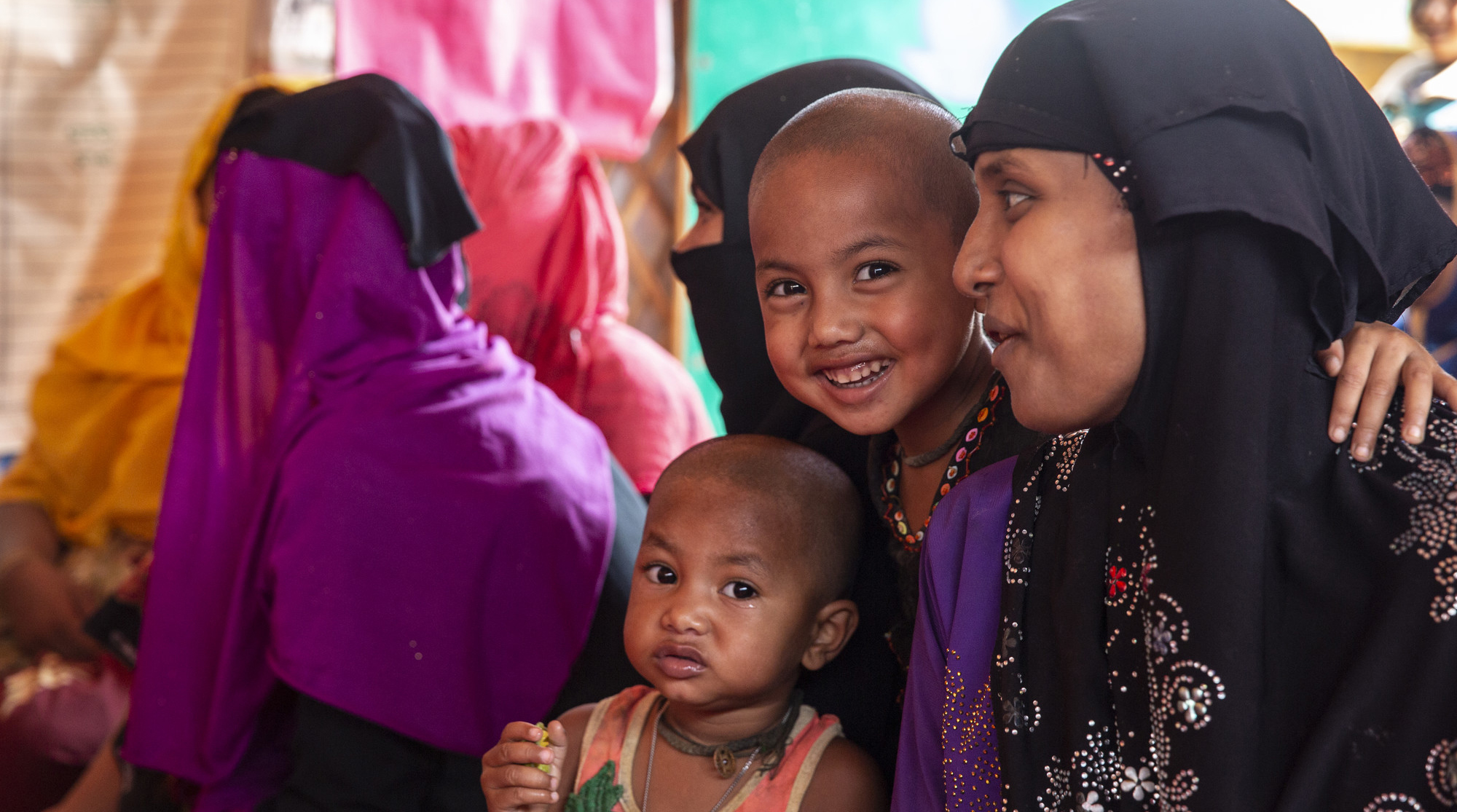European Commission study: The role of conflict and organized violence in international forced migration
ODI Policy brief: "Achieving durable solutions by including displacement-affected communities in peacebuilding"
OCHA report: "Breaking the Impasse: Reducing Protracted Internal Displacement as a Collective Outcome"
Institute for Security Studies' policy brief: "Promises and challenges of Ethiopia’s refugee policy reform"
Men and women flee from conflict and violence as well as from poverty. According to the ILO (2018), inequality and conflict have been among the main drivers for the increase in international migration over the last couple of years. Academic literature indicates that violence and insecurity induced by criminal actors are as much a driver as war and terror. Both are equally complex to address through development and humanitarian work. Leaving one’s homeland can be a coping strategy and a response to violence and conflict. At the same time, mobility can affect social cohesion. Displaced people – mostly due to armed conflicts, generalized violence, or sudden and slow onset disasters – often depend on assistance without having perspectives in their temporary location. This frequently changes existing social, economic, and power balances. In addition, men and women are often affected by violence when they are on the road and their experiences – being smuggled or trafficked by non-state armed groups or criminal networks or being subjected to extortion, forced labor, sexual exploitation or slavery-like practices – are just as violent as the situations they have fled from in their countries. Helvetas’ development or humanitarian projects address the various interrelations of migration and conflict in many forms.
For example, by fostering access to vital services and increasing economic opportunities, Helvetas indirectly addresses many drivers of migration. Furthermore, Helvetas has been successful in mitigating tensions by engaging in community-based peacebuilding and social cohesion. However, it is difficult to measure the extent to which these interventions broaden the choices people have regarding staying or leaving.
Ethiopia is Africa’s first refugee host nation, hosting over of 1.5 million displaced people, including refugees of 20 different nationalities (mostly from South Sudan, Somalia, Eritrea and Sudan). The situation is deemed as unique due to the open-door policy of the Ethiopian Government towards migrants, which leads to the possibility of discussing durable solutions, allowing refugees and IDPs some agency and participation in reconciliation efforts (see ODI policy brief). Oftentimes, peaceful coexistence is facilitated by shared ethnicity and language such as in the case with Eritrean refugees in Ethiopia. Implementing the open door policy, however, remains challenging as IDPs tend to be underserved in all crucial areas of public service, which undermines their trust in the host country’s government and hampers their participation and contribution to a new reality (see OCHA’s report). Hence, issues like participation and institutional representation for migrants and refugees remain one of the most contested issues for durable solutions. This is why Helvetas supports refugees/irregular migrants’ connection to the market and employment opportunities. Helvetas’ experience and recent studies underline the need for extensive consultations and inclusive programs to establish a link between refugees and host communities (see also 2018, Institute for Security Studies), as social cohesion is a key success factor for such programs. This is also outlined in the Bangladesh example below.
In Bangladesh, the Rohingya refugees were initially warmly welcomed by the equally Muslim, indigenous and themselves minority communities in Cox Bazaar. Recently, however, challenges for social cohesion have grown substantially and COVID-19 has fueled further tensions. Frustration from the host community’s decreasing livelihood opportunities, unofficial participation of Rohingyas in the local economy, an average wage decreasing of up to 50% and inflation, have led to tensions between refugees and host communities. Helvetas is striving to address these tensions and create linkages between host communities and refugees. Especially relevant for Helvetas’ projects are the less visible social, political and economic dynamics within and between social/identity groups such as sub-groups and internal divisions within the camps as well as among the host communities. Strengthening social cohesion and participatory processes between host communities, refugee communities and local authorities is much needed but not always straightforward nor easy to finance. Additional tasks of liaising between the humanitarian community, the camps and local governments to coordinate the provision of services, the distribution of available resources at community level, identifying common needs, work on common solutions, and solve minor disputes between them are highly challenging. Oftentimes, all actors, including local authorities, are neither prepared for this role, nor do they have the resources. Support for such measures, however, would contribute to enhancing social cohesion, reduce conflicts and establish platforms for dialogue between host communities, local authorities and Rohingya refugees. Unfortunately, such projects are still rarely implemented the way they should and often remain pilots with uncertain follow-up finances.
Taking the conflict-migration nexus with all its aspects and controversies seriously is a multifaceted task in situations that are subject to rapid changes. With the prospect of increased global mobility, the distribution of scarce resources and services and attached governance systems as well as increasingly polarized and identity-based political discourses, it seems important to think about the multiple interlinkages between migration, violence as well as identity (politics) in development work.


